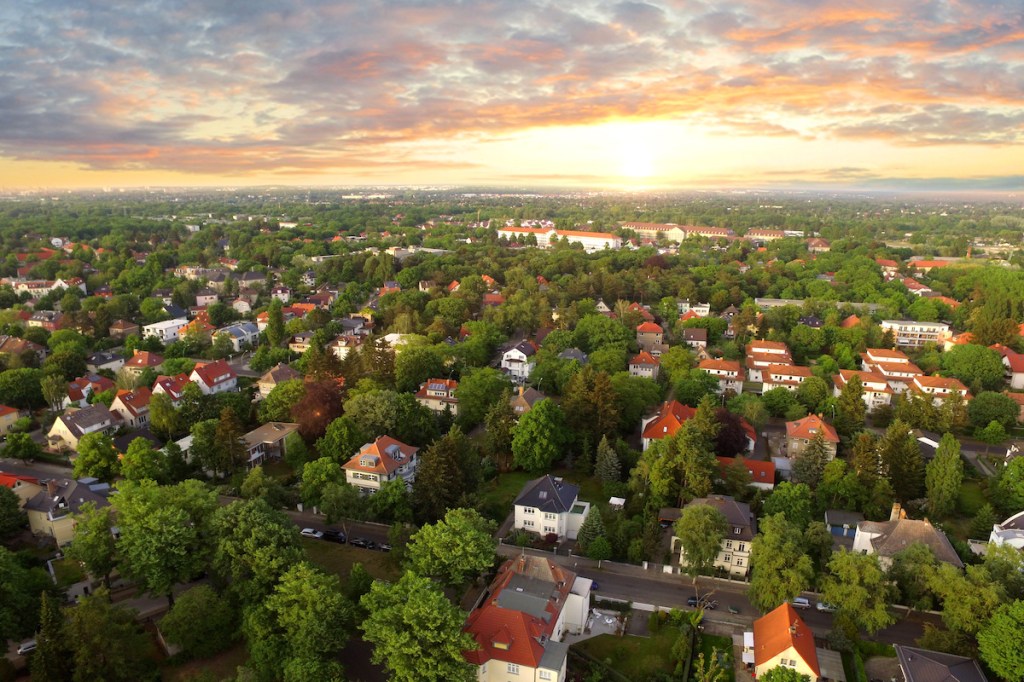A shortage of affordable starter homes is thwarting aspiring first-time homebuyers and fueling inflation in home prices. At the same time, many urban and rural communities are struggling for stability and vitality. It’s a fact: the homeownership gap between Black and white households is wider now than when the Fair Housing Act was passed in 1968.
The Neighborhood Homes Investment Act (Neighborhood Homes) would begin addressing these challenges by developing or renovating 125,000 affordable homes in economically distressed communities. The House has included it in its revised Build Back Better bill. The Senate should keep or expand it in its version too. The support is clear. This initiative has won backing from 72 bipartisan sponsors in the House and Senate, the White House and stakeholders ranging from civil rights groups and nonprofits to financial institutions and real estate trade associations.
Neighborhood Homes is a practical solution for communities in which the cost of renovating or building a home exceeds its market value after the work is complete. This cost gap all-too-often prevents the renovation of affordable houses that need a great deal of work. The cost gap also thwarts construction and development of modest homes, limiting the availability of affordable homes for first-time and first-generation homebuyers.
The new and renovated housing resulting from Neighborhood Homes would support the revitalization of neighborhoods across the country, fighting blight and vacancy. This will, in turn, bolster state and local tax revenue and lead to improved municipal services. Meanwhile, many rural communities will be able to more effectively keep or attract growing businesses with more desirable homes for their workforce.
Neighborhood Homes creates a tax credit that covers the gap between the cost of construction and a home’s sale price. It is targeted to census tracts with lower home prices and income levels. This interactive map shows where Neighborhood Homes could be used.
Homeowners will secure mortgages to finance their homes which can then be used as comparable sales for financing of nearby homes. Over time, this approach will help stabilize real estate markets previously dominated by distressed sales.
There is also an important racial justice aspect to Neighborhood Homes. According to the Urban Institute, the gap between white and Black homeownership rates is wider today than it was when redlining was legal — 42% of Black families are homeowners vs. 72% of white families. This disparity in the homeownership rate fuels the racial wealth gap.
According to the Federal Reserve, the median wealth of white families is $188,200 while the median wealth of Black families is $24,100. This is both a cause and an effect of disparities in homeownership rates. Ignoring this problem slows the economic growth of the country. Research shows that the nation’s GDP could grow by $5 trillion over the next five years if gaps in wages, education, housing, and investment are eliminated. Neighborhood Homes is part of a concerted strategy that will benefit the entire nation.
In 2015, Rocket Mortgage partnered with the Detroit Land Bank Authority on Rehabbed & Ready, a program similar to Neighborhood Homes, in Detroit, Michigan. A University of Michigan Study released earlier this year showed that the program is working. It found that median sale prices grew an additional 11.5% per year in Rehabbed & Ready neighborhoods during the program’s first three years (2016-2018) compared to neighborhoods without the intervention – stabilizing home values in the four target neighborhoods.
The percentage of homes in Rehabbed & Ready neighborhoods purchased with a mortgage grew an additional 5.6% per year over the three-year treatment period — eventually reaching 42.2%, or nearly double the entire city’s 21.6% average — creating much-needed comparable sales.
At the national level, the Black Homeownership Collaborative, a diverse coalition of organizations committed to creating 3 million net new Black homeowners by 2030, has developed a 7-Point Plan to reach this goal. The Neighborhood Homes tax credit is a critical element of that strategy. In 63% of the Neighborhood Homes-eligible census tracts, people of color are the majority of residents.
Neighborhood Homes will create jobs, narrow the racial wealth gap and reduce blight in America’s communities. Congress needs to pass it now.
Bob Walters is President of Rocket Mortgage, “Buzz” Roberts is President and CEO of the National Association of Affordable Housing Lenders, and Lisa Rice is President and CEO of the National Fair Housing Alliance.
This column does not necessarily reflect the opinion of HousingWire’s editorial department and its owners.
To contact the authors of this story:
Bob Walters at policy@rocketmortgage.com, Buzz Roberts at broberts@naahl.org, Lisa Rice at Lisa.Rice@nationalfairhousing.org
To contact the editor responsible for this story:
Sarah Wheeler at swheeler@housingwire.com






